“The doctor saves lives but it is the skills of an EMT that helps the doctor to save lives.”
It’s not easy to save a life. Emergency medical technicians (EMTs) and paramedics care for the sick or injured in emergency medical settings. Provides vital care and assistance to patients in medical emergencies before they are admitted into hospital. People’s lives often depend on their quick reaction and competent care.
EMTs and paramedics respond to emergency calls, performing medical services and transporting patients to medical facilities. That’s why emergency medical technicians, or EMTs, must meet strict job qualifications. EMTs respond to emergency calls for emergency medical assistance. They assess patients’ conditions and determine a course of treatment. The job requires education, certification and specific skills. EMTs who meet the criteria in our country are benefiting from strong job growth with the EMS organizations like St John Ambulance, Kenya Redcross, AAR,AMREF, MSF,county governments, parastatals like KENGEN,KPA,KENGEN,NTSA,KENHA,GDC, Tullow Oil,SGR etc.
The Kenya ministry of health and KBS has been sharing statistics on the prevalence of some medical conditions as an aging population translates into increases in health emergencies, such as heart attacks and strokes.
Paramedics and EMTs operate under the protocols of the Pre-Hospital Emergency Care (PHEC) laid by the Kenya Council for Emergency Medical Technicians(KCEMT) and Ministry of Health.
The biggest difference between the two is in terms of their training and their scope of practice. Put simply, paramedics undergo a longer period of training than EMTs and are therefore qualified to do a lot more. Paramedics and EMTs are often the first healthcare professionals to arrive at any scene of an accident or medical emergency. They are typically one of a two-person ambulance crew. They are trained to resuscitate and stabilise patients using sophisticated techniques, equipment and drugs. They are responsible for managing the pre-hospital treatment, care and movement of patients to hospital without unnecessary delay. This often requires taking potentially life-saving decisions. They are required to work closely with other healthcare professionals and emergency services and are therefore required to be highly trained and skilled in all aspects of pre-hospital care ranging from crash injuries to cardiac arrests.
With 460 hours of EMT-Basic training in class work and 320 hours in clinical rounds/attachment, students learn to assess patient conditions, handle cardiac emergencies, clear blocked airways and use field equipment. Upon completion of training, Basic EMTs are qualified to care for patients at the scene and during ambulance rides to the hospital. It’s about 8 months training in total.
To move up to Advanced EMT, technicians need 1,000 hours of training in areas such as the use of complex airway devices and administration of intravenous fluids and medications. Training includes both classroom study and work experience in an emergency room or ambulance.
CHARACTERISTICS
EMTs need a combination of physical and personal skills to help the sick and injured. Good physical condition and the ability to lift and carry at least 125 pounds is key, because EMTS often have to move immobilized patients. Plus, they use precise medical devices and instruments to stabilize patients, so EMTs must have a steady hand. Also vital are communications skills, including the ability to ask questions, understand answers and give instructions. What’s more, critically ill patients and their families are often under a lot of stress, so EMTs need compassion to provide emotional support. Finally, problem-solving in emergency situations requires critical thinking skills, including logic, reasoning and judgment.
Prospective EMS students should evaluate whether they have what it takes to thrive in this job. Even the training for this high-stakes career is intense. This job will expose you to gruesome accidents, dangerous situations, and extremely high levels of stress. Most EMS jobs are physically and emotionally demanding, but can also be very exciting and rewarding as well.
The recent popularity of realistic Tragic road accidents, terrorist incidents, medical dramas and movies on television has served the dual purpose of educating the public while increasing their awareness of EMS-related employment opportunities. Although highly glamorized, these shows provide some insight into the type of person that might thrive in the EMS environment. What these dramas and movies usually fail to show, though, is the amount of training and knowledge that these professionals must obtain before earning the opportunity to save a life.
Any student wanting to pursue EMS training should be physically and emotionally fit, should have good communication skills and a desire to help people, and should be able to make good decisions under pressure. EMTs must also possess a vocabulary of basic medical terminology, certification in cardio-pulmonary resuscitation (CPR), and a clean driving record.
RESEARCHING EMS
EMT and Paramedic courses requires you to be passionate in life saving mission. The best advice for someone planning to pursue EMS education is to be proactive. Learn as much information as you can about your educational and career options before deciding. This information can be gathered by speaking with experienced EMS professionals, by requesting meetings with faculty, students, and alumni of EMS educational programs that interest you, and by searching online.
FIRST RESPONDER
The First Responder certification is usually required for police officers and firefighters, although some departments require the higher EMT-Basic certification. Certification programs involve training in basic life-support skills that a paramedic should know when he arrives at a traffic accident or fire.
COURSE PROGRAM FOR EMT
EMT-Basic programs generally provide instruction in:
• Basic medical terminology
• Anatomy
• Physiology
• Patient assessment
• CPR
• Medical/Behavioral Emergencies/ Obstetric
• Trauma
• Advanced Cardiac Life Support
• Ambulance operations
• Gaining Access/ Extrication
• Foundation in EMS management
• Incident command systems
• EMS Safety Techniques and Applications
• Emergency Medical Dispatcher Course
• Immobilization of fractures
• Bleeding control
• Childbirth
• Hazardous materials
• Blood-borne pathogens
• EMS Approach to HIV-AIDS
• Managing Emergency Incidents on the Roadway
• Ambulance Clinical Rotation
• Emergency Department Clinical Rotation
These programs also provide hands-on experience performing physical exams, assessing trauma, administering oxygen, maintaining airways, performing semiautomatic defibrillation, and training to drive an emergency vehicle. Students gain this experience during 460 hours of classroom training, 320 hours of internship with a field rescue or ambulance service and in the emergency room of a hospital. Internships are always under the supervision of a “preceptor” who is a certified and experienced paramedic.
Admission to some EMT-Paramedic programs may require letters of recommendation and documentation of work performed during internships and two years hands-on experience.
Currently we don’t have any institution in the country offering the paramedic degree in the country.
EMS TRAINING RESOURCES
EMS education can be of benefit not just to prospective EMTs and paramedics, but virtually anyone who has even a passing interest in being prepared in a disaster event or any other kind of emergency scenario where immediate medical assistance might be needed. Thankfully, instruction in basic EMS skills is readily available from a variety of sources.
Responding to emergency calls makes up only a fraction of the total number of ambulance service journeys; they are also involved in non-emergency work through the patient transport service/hospital transfers.
SKILLS AND QUALITIES
• Minimum of c- in KCSE
• Valid First Aid certificate from an approved institution
• Valid driving license
• Fit, healthy and have good stamina to cope with distressing situations.
• Physical strength, endurance and flexibility – ability to cope with physically and emotionally demanding situations.
• Interest in human biology/physiology.
• Caring, responsible and mature personality combined with good social and patient communication skills so that patient feels as comfortable as possible.
• Excellent communication and team-working skills.
• Mental agility combined with the ability to provide a calm and reassuring environment for patients and relatives.
• Commitment to continuing personal and professional development.
WORK ACTIVITIES
• Carrying out daily inspections on the equipment and the ambulance itself.
• Transmitting and receiving information via radio/telephone.
• Responding to emergency calls – driving quickly and carefully to the site of the incident.
• Briefing hospital staff, giving an accurate report of the patient’s condition, circumstances of the accident and treatment given.
• Assessing the situation and patient condition on arrival and attending to patients using the full range of pre-hospital emergency care and extended skills as appropriate.
• Administering life saving procedures and appropriate treatment where required such as inserting drips and fluid, administering resuscitation and dealing with broken bones.
• Assessing the most appropriate method of conveying patients using the relevant equipment and lifting techniques when necessary.
• Maintaining a high quality of patient care ensuring that consideration is given at all times to the feelings and needs of the patient.
• Writing patient reports and completing log sheets for each shift.
• Attending regular training to keep up to speed on procedures or be introduced to new equipment and practices.
• Attending relevant courses for re-certification.
EMPLOYMENT OPPORTUNITIES
• EMS organizations
• Inter-facility transport ambulances
• Hospital Technicians (taking vitals and such)
• Firefighters & Police Officers
• Summer Camp First Aid Stations
• HazMat Technicians
• Emergency Managers
• CPR/First Aid Instructors
• Stadiums, Arenas, Raceways, Casinos, Convention Centers, Airports
• Ambulance Attendant/driver for an EMS service
• Ambulance attendant/driver for a transfer service (taking patients between medical facilities)
• Rescue work
• Stand-by medic for events
Any person who had a desire to pursue a medical course but did not qualify either due to academic qualification or financial constraints can enroll for an EMT course and find his/her way to his/her dream career. It is also a crucial life skill that everyone should desire to have.
“Next to creating a life, the finest thing a man can do is save one. Having crucial life skills like First Aid ,EMT, Fire Safety and water rescue saves lives.”


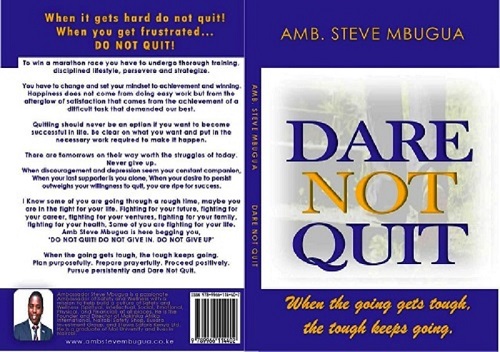
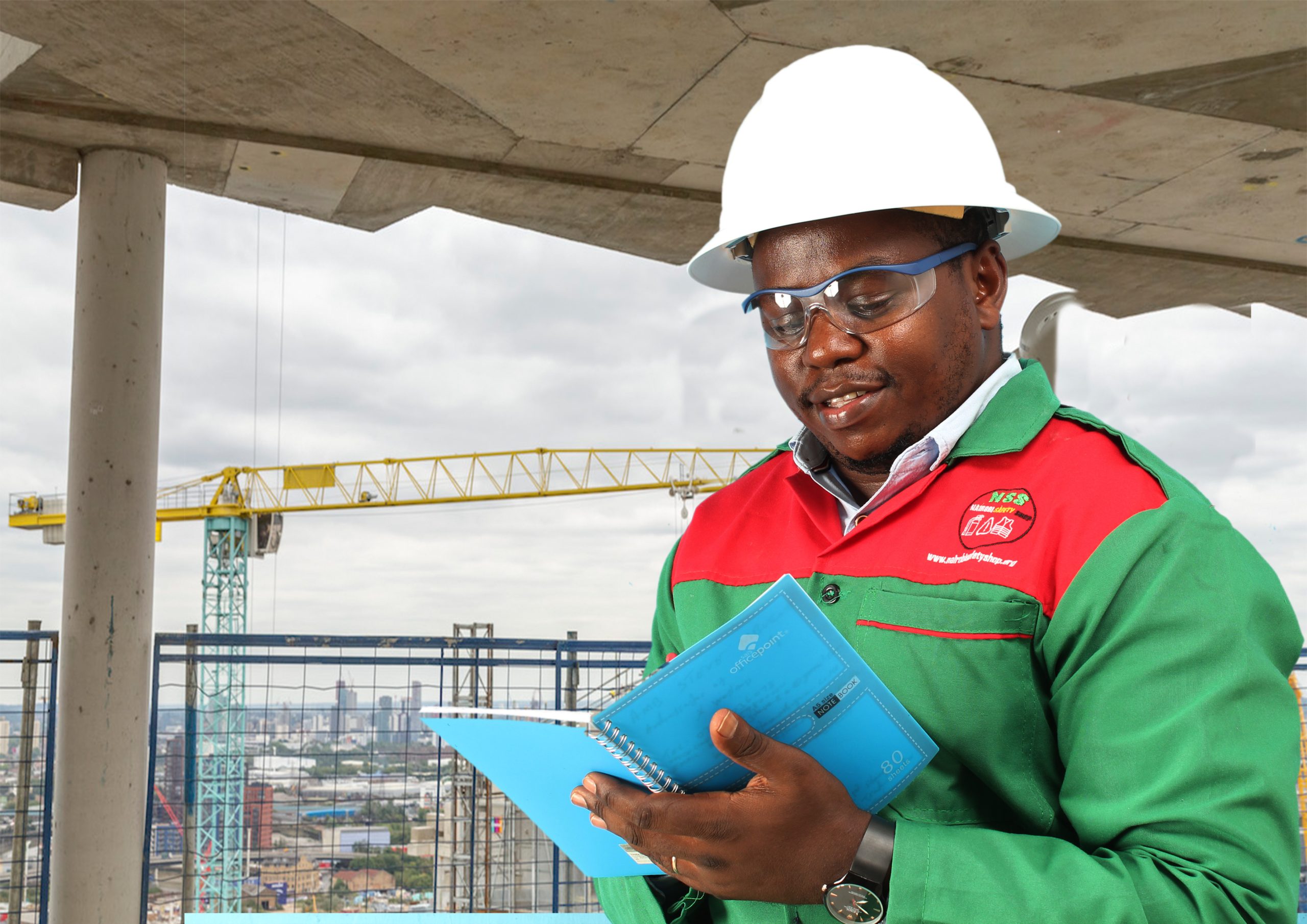

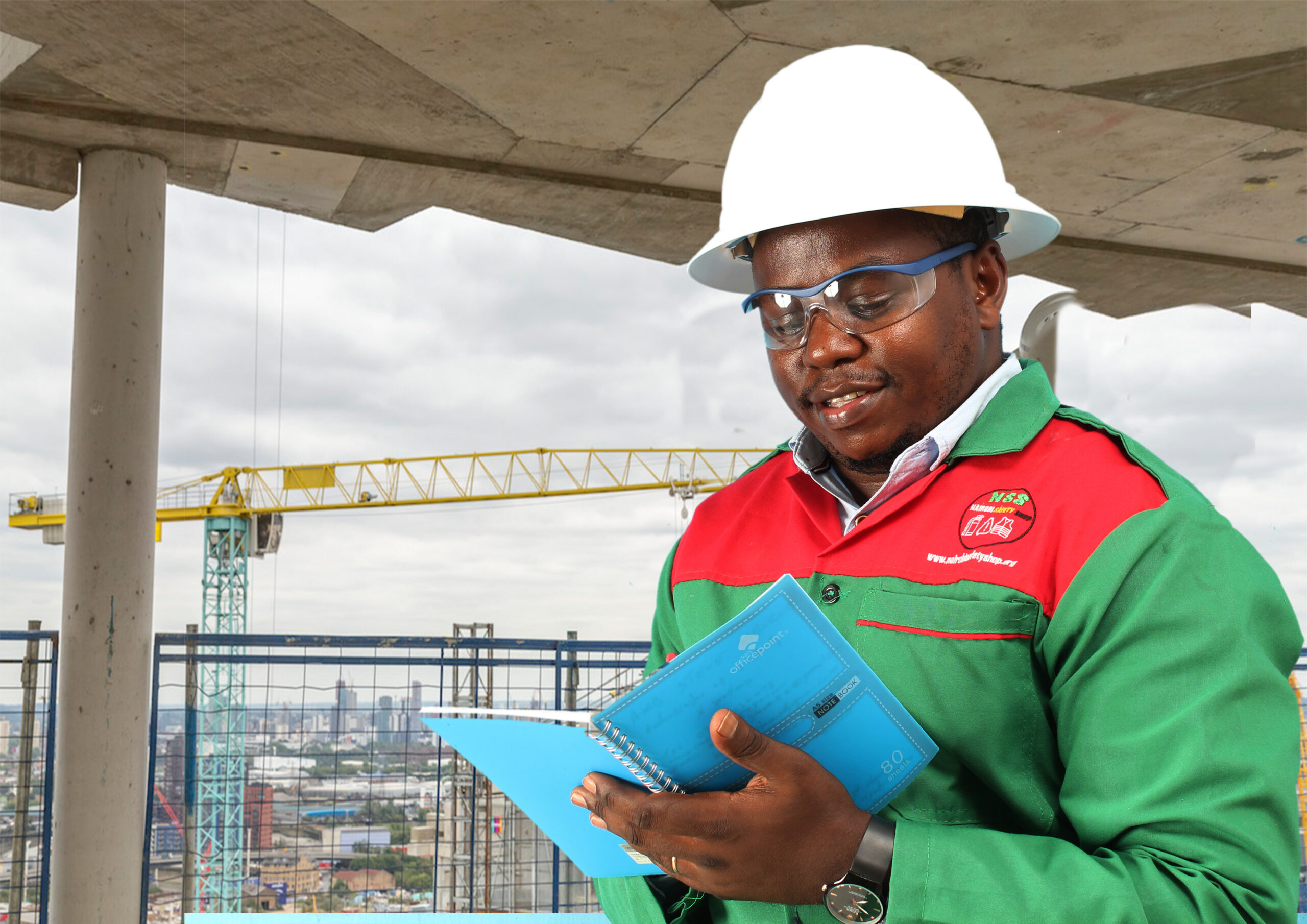
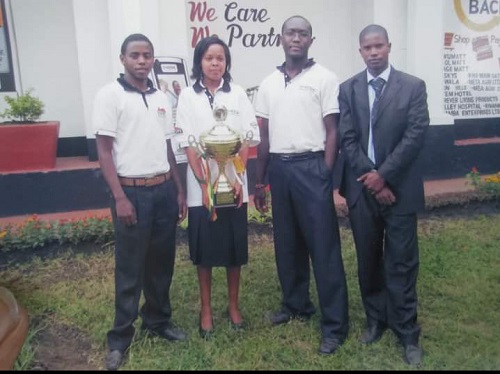


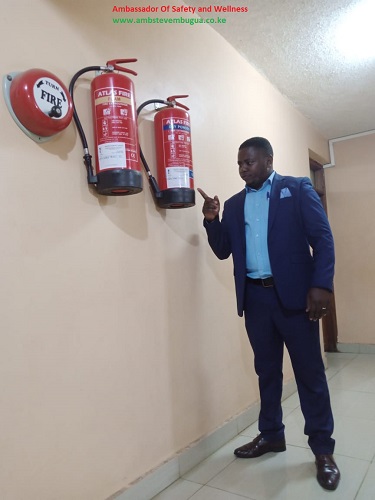


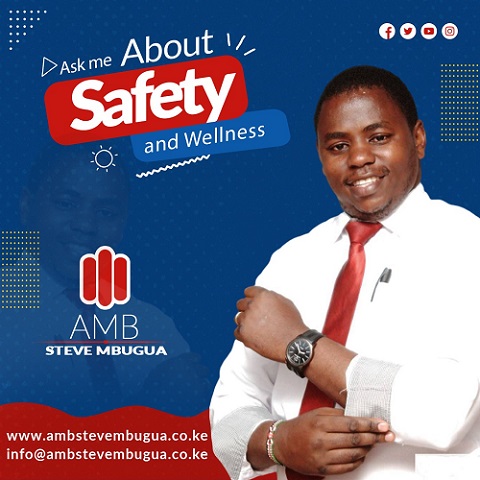
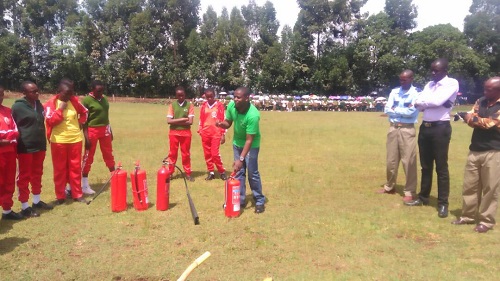


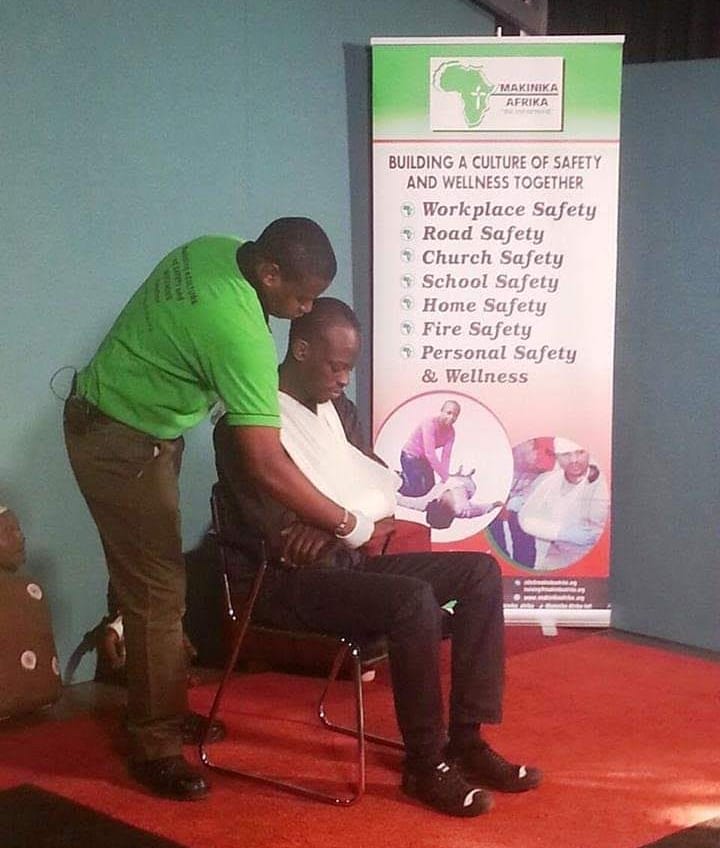

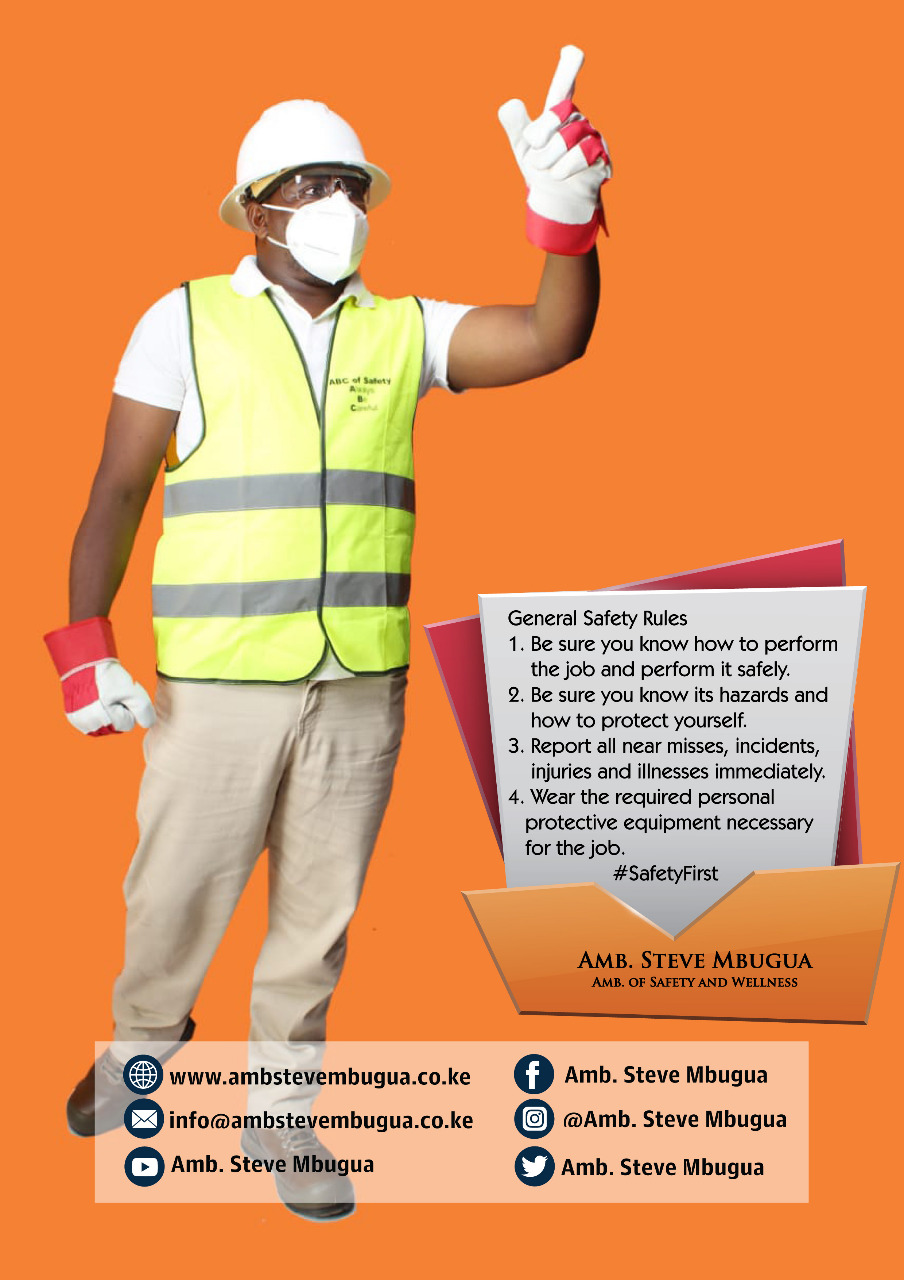
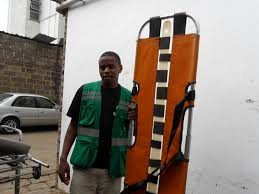
Thanks for your wonderful services l would like to join and work with you. I am a paramedic from Kenya Red cross.
HINIVUU, Thanks Anne, I also began as a Redcross volunteer. As long as you have a passion to help people nature will always give you opportunities.
https://www.ambstevembugua.co.ke/emt-and-paramedic-profession/#comment-529 HINIVUU, I am also a KRCS Member from Kajiado East. Can I get soft copy of EMT notes
HINIVUU, Glad connecting with you. At the moment I do not have soft copy, only hard copy
Zero cost advertising for your website here: https://bit.ly/no-cost-ads
Thanks for the article, ready to work together,AEMT from kenya Redcross